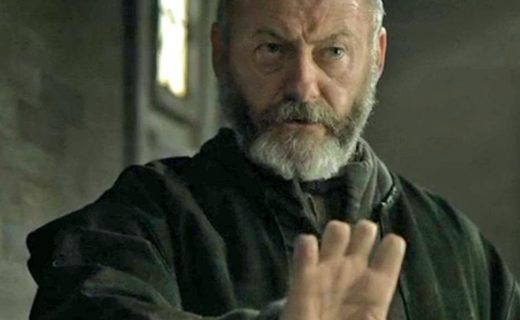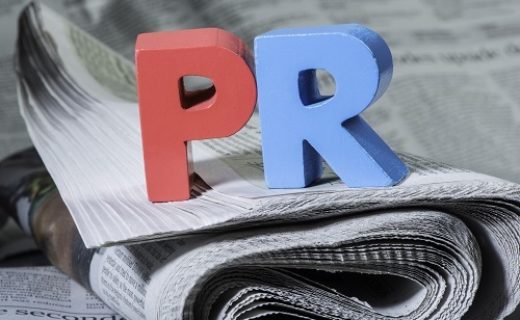It’s no secret that newsrooms are changing. Staff has been cut and reporters nowadays are expected to wear multiple hats, from writing and editing to photography and video production. As a result, these staff reductions have made getting a reporter out to cover your event even more challenging.
So you had your event and no media came, now what? As PR people, we can assist reporters by not only providing follow-up content such as a press release, but also providing high-resolution, newsworthy photos for their use.
Here are four things to keep in mind when taking photos for media use:
Don’t focus on the obvious shot. PR photos tend to be more traditional (think ribbon cuttings and check presentations), but those shots are overused and underrated from a news standpoint. Get creative, look for different angles and try capturing more candid photos. You can save the ribbon cutting photos for the annual report.
Capture the brand visually. Photos always increase the likelihood your brand will be tied to a story (especially if you’re the one taking the photos). Display the brand visually by having volunteers wear logo T-shirts or positioning company banners around the event space. While you don’t need to have your spokesperson wear a branded baseball cap to every event, it never hurts to keep an extra one or a t-shirt on hand.
Organize your subjects. During an event it can be challenging to bring together all your dignitaries at the same time, let alone position them for a proper shot. However, the few minutes it takes to set up a great shot will pay off in the long run. Position people from the same organization next to one another and make sure subjects are arranged in clearly defined lines to help make it easy to write a logical photo cutline. Of course, make sure you take down everyone’s name and title. It’s much more difficult to track down identification of individuals after an event is over.
Photos should tell part of the story, so try to capture candid moments as opposed to staged shots.
Make sure the file is high resolution. Last but certainly not least, you need to make sure your image is high resolution print quality. Most digital cameras have a file format setting that will allow you to choose the size and file type of your picture. Make sure you’re using the maximum size available, which will give flexibility in how the photo is used and ensure it won’t be pixilated upon enlargement. It’s easy to reduce the size of a file, not so much the opposite.
With today’s technology, taking good photos is easier than ever. Just ask the guy from that Panasonic commercial. Of course there is so much more that goes into making a great picture than just pushing a button. But no matter what your skill level is, taking an active role in composing your photographs is one of the best ways to improve your shots and increase the likeliness they’ll be used by media.




